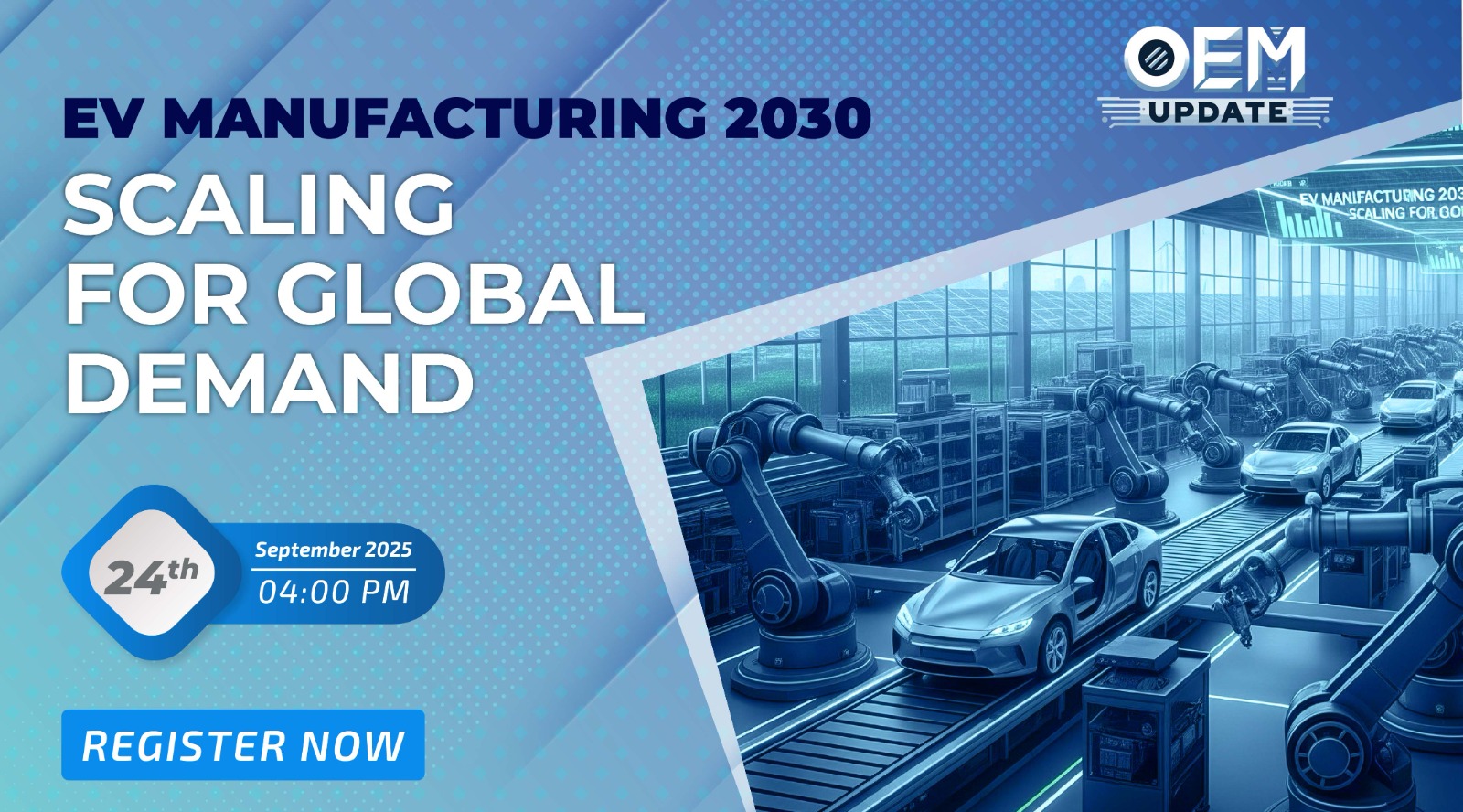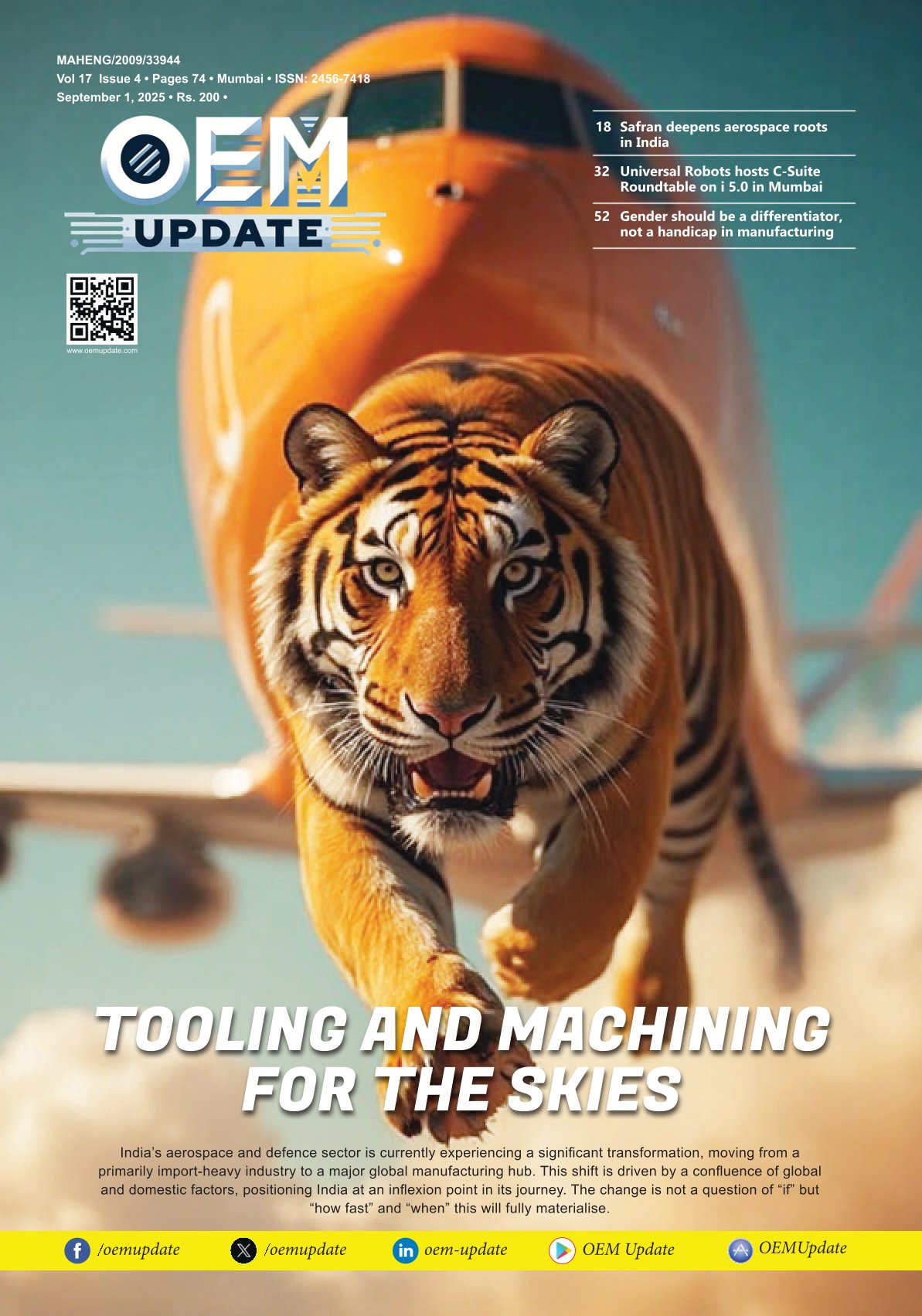IIW-India adding skills to welding technology
By admin April 12, 2014 5:36 am IST
“The issue of skilled and semiskilled manpower availability has been always accorded top priority by IIW-India,” says Viay Agwan, Regioal Director (West), IIW-India
IIW-India was established in 1966. How is the journey being so far, and what are the innovative programs you have come up with?IIW-India has started as an association of welding professionals with the aim to share the knowledge and technical data resources. As the welding activities grew in India, both quantitatively and qualitatively, IIW India started providing solutions to the arising situations related to the technology and the expertise in welding.
IIW-India, recognising the needs within India, has started addressing these issues at national level through its AM-IIW and NWCTS programmes for the personnel. The membership criteria were streamlined, and the examinations route was opened in mid-90s. The AM-IIW qualification was approved by the Government of India, being equivalent to the engineering degree through the gazette notification.
IIW-India has been a member of the International Institute of Welding (IIW/IIS) as well as the American Welding Society. When ISO body entrusted the responsibility of implementation of welding-related standards globally, IIW/IIS chose IIW-India as the only institution, having credibility to help achieve these goals in India.
Today it is the only authorised national body for awarding international qualifications to the welding user industries and the personnel working therein as per ISO:3834 and ISO:14731, respectively.
These qualifications, though voluntary at present, are becoming an order of the day as we go on to the inevitable next growth phase in India. They are considered almost a necessity in the days of rapid globalisation.
Homogenisation of the welding standards worldwide is very desirable and happening in every nation, and IIW-India is fully shouldering this responsibility.
How is it contributing to the growth of welding industry in India?Like every technology, welding also depends on three main factors: applications, equipment and expertise. IIW-India provides opportunities with annual national welding seminars as well as national welding meets to the manufacturers of the equipment to showcase, display and demonstrate the latest developments made available by them to the users, who gather there to deliberate on the technical issues being faced by them, individually and collectively.
The branches of IIW, spread all over India, also contribute by providing a platform to the practicing welding fraternity for technical deliberations, through their monthly technical lectures as well as annual branch seminars, meets and specially organised workshops and conferences.
These interactions always have snowballing effect, leading to setting up directions for continual multi-pronged growth.
To streamline and specify the minimum requirements all over India, IIW-India had come out with its national welding training and certification scheme. It prescribes a syllabus for the training of manpower — mainly this unskilled manpower willing to undertake the welding as a profession — to all the vocational training associations and institutes all over India. Though it was not mandatory, it had a substantial following. With the government’s focus shifting to shortage of skilled manpower and the establishment of National Skill Development Council (NSDC) reporting to PMO, welding skill is topping the list. To identify the needs and implement the scheme in welding technology, IIW-India was chosen and specially invited by the PMO and NSDC together to be its main arm.
The said NWCTS programme is now being recognised as the prescribed by NSDC. In turn, the Sector Skill-Development Councils (SSCs) are partnering with IIW-India for sector-wise welding skills development. It is a process of evolution and will take its time to show the results.
What are the steps taken for technical up gradation and implementation of new process in welding?The said programmes of IIW-India help in informing the fraternity of the latest trends in equipment, processes and applications. So the needy users can undertake the techno-commercial feasibility studies for adapting the new technology in their operations. When needed, IIW- India provides technical training for the manpower. What is the current scenario of welding automation in India, and how automation is going to contribute in the growth of welding industry? When we talk about the automation in welding operation, it necessarily implies mass-production industries, using welding processes. Auto sector and white goods sector manufacturing consumer durable are the two industries where automation is a genuine need, and techno-commercial viability is already established from the point of view of repeat accuracies demanded in mass-manufacturing. Using non-destructive techniques for quality assurance and post-weld corrections are simply not feasible in these industries. Here the automation levels are matching with the latest in industry, tool for tool and transfer-lines for transfer-lines. Robotic welding is very regularly done here in the main assembly plants.
However, the component manufacturing industry–which feeds these large industries–is yet to rise to that level of automation as the scales of manufacturing has not reached the critical level to justify the investments in automation.
People who want it are deprived of the latest automation technology, not even by the earlier government policies. The issues are related to the affordability as the present volumes do not justify adoption of automation.
India consumes about 50 million tonnes of steel every year. What is the effect on steel industry?This aspect is really easy to understand by anyone. Whatever we have today around us is mostly made using steel — all infrastructure-related construction and manufactured goods. The annual steel consumption is taken as a leading economic indicator for the progress of a country for this reason. The statistics shows that a developed nation requires about 50 kg steel per capita to sustain the level of living standards for its population.
To build the infrastructure — government spending on large scale — this demand has gone up three folds for short periods before it gets stabilised at sustainable level.
We are at about 40-50 kg per capita consumption level only, and this demand will go up as soon as we switch to infrastructure development mode, which is obvious, at least to 150 kg per capita.
For every tonne of steel consumed, there is a requirement of 5 kg of welding filler material, which in turn requires two welder shifts. At the current level, we are short of at least 1,00,000 skilled welders. This will go up to at least 3,00,000 welders at 150 kg/capita consumption rate. That means manpower is going to be a major bottleneck for the growth. No wonder that the Government of India has accorded a top priority for welding skill development under the NSDC programme. Being the organiser of Weld India Expo, what are your expectations?We expect about 250 organisations taking part in this event. A large number of exhibitors are coming outside of India. Hence, the users of welding technology–attending and deliberating on technical issues in the International Conference–can witness the present status of technology in action. A great and unique opportunity indeed!
Cookie Consent
We use cookies to personalize your experience. By continuing to visit this website you agree to our Terms & Conditions, Privacy Policy and Cookie Policy.
















